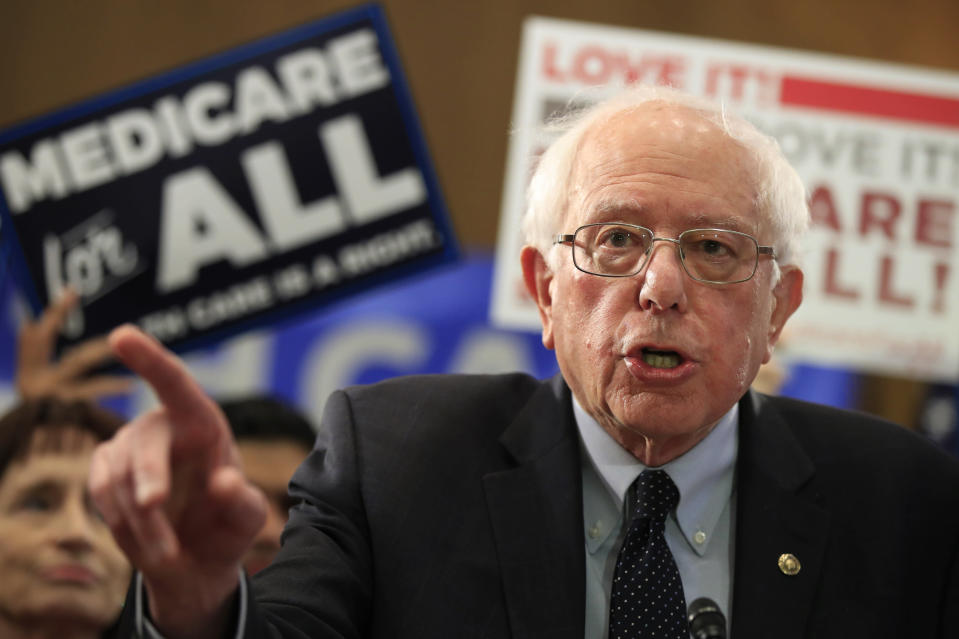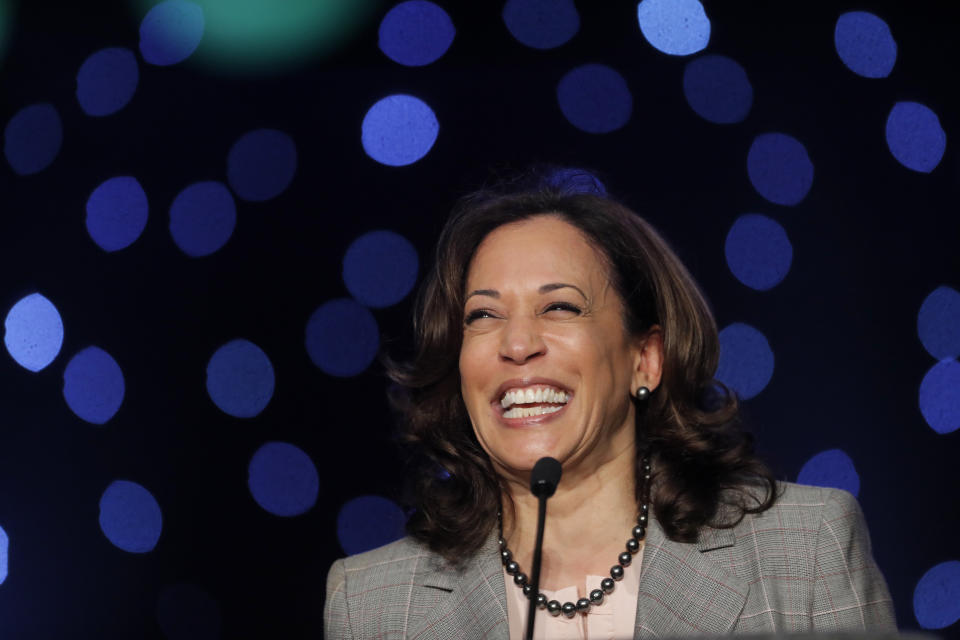Medicare is too fragile to cover everybody
Bernie Sanders and several other prominent Democrats want to expand Medicare to cover the whole U.S. population. But a new update on the program’s finances shows the popular health plan for seniors can barely take care of the people it covers now.
Medicare will begin to run short of money by 2026, according to the latest annual report published by the trustees who oversee the program. That’s the same forecast as the trustees made last year, which means there’s been no improvement in Medicare’s shaky finances, and we’re one year closer to a reckoning.
Social Security has a longer lifespan, with enough financing to cover full payouts for retirees until 2034, which is a two-year improvement over last year’s forecast. Those deadlines don’t mean the two retirement programs will end. Instead, trust funds that are like a reserve fund financing a portion of the payments will run out of money. So the programs will only be able to pay out what they take in taxes dedicated to those two programs, plus a few other revenue sources.
For Medicare Part A, which covers hospital stays and related services, the program would be able to cover 89% of costs once the trust fund runs dry in 2026. That portion would decline to 77% by 2046, then begin to rise gradually after that. Medicare Parts B and D, which cover outpatient services and prescription drugs, are in better shape, because they’re financed through premiums patients pay and general revenue from non-Medicare taxes. Those parts of Medicare should stay solvent indefinitely.

Social Security payments for seniors will fall to about 75% of scheduled benefits once that trust fund empties out in 2034. Social Security also funds disability payments, with that trust fund likely to stay solvent until 2052. Combined, the two programs will begin to pay out more than they take in starting in 2020, the first time that has happened since 1982. That’s actually an improvement over last year’s outlook, which forecast outflows would exceed inflows at some point in 2018.
This shouldn’t come as a surprise
With baby boomers flooding into retirement, federal spending on programs for seniors has been gobbling up a growing portion of federal revenue. In 2018, Social Security and Medicare accounted for 45% of all federal spending, up from 42% the year before. As that spending goes up, the trust fund balances go down, jeopardizing future funding for both programs.
None of this is a surprise. Budget experts have been warning for years that population trends and rising health costs would strain both programs—to the breaking point, if Congress doesn’t fix them. There are plenty of solutions, such as reducing benefits for the wealthy, raising the retirement age and hiking taxes, but none of those moves is likely to be popular if there’s no emergency-forcing action.
Bernie Sanders rolled out his Medicare for all idea during the 2016 presidential campaign, and what once seemed like a fringe idea is catching on. Several Democrats running for president in 2020 now back the idea, including senators Cory Booker, Kamala Harris and Elizabeth Warren.
But the fragility of the current system reveals how disruptive and complicated it would be to expand the program from around 43 million people now to essentially all 330 million Americans. Backers of Medicare for all say going nationwide might actually shore up the program, since funds now devoted to Medicaid, the Affordable Care Act and private insurance that covers 177 million people would be available to Medicare.

But studies of the cost of Medicare for all find that it would require more than $3 trillion in financing per year, which would necessitate sharp tax hikes on individuals and businesses. That could still end up being less than what people spend today on premiums and out-of-pocket costs, but the shift of costs and services from the private sector to the government would wreck whole industries—starting with health insurance—and cause other problems hard to predict. It’s possible it could cause a recession.
Medicare also pays less than private-sector insurance, which has troubling implications for the availability of many types of care. Many hospitals, for instance, have thin profit margins, and wouldn’t be able to stay in business if Medicare covered everybody and paid 40% less than private-sector plans, as it does now. At the same time, more people would have coverage, meaning an increased supply of patients would have fewer facilities to choose from. Make your appointment now.
There are other ways to address health care costs that are too high, while providing coverage to more people. Of 11 major health reform plans introduced recently by members of Congress, only four call for Medicare for all or some kind of single-payer government system covering everybody. The rest are hybrid plans that would leave private-sector coverage in place while plugging holes in the system and lowering costs. And one of the holes that needs to be plugged is the precarious financing of Medicare as it exists today.
Confidential tip line: rickjnewman@yahoo.com. Encrypted communication available. Click here to get Rick’s stories by email.
Read more:
The Mueller report thoroughly impugns Trump
Winter is coming for big business
Why Trump wants to manipulate the Federal Reserve
Why voters will reject the "Green New Deal"
Voters are souring on “Medicare for all”
3 problems with Elizabeth Warren’s wealth tax
Rick Newman is the author of four books, including “Rebounders: How Winners Pivot from Setback to Success.” Follow him on Twitter: @rickjnewman

